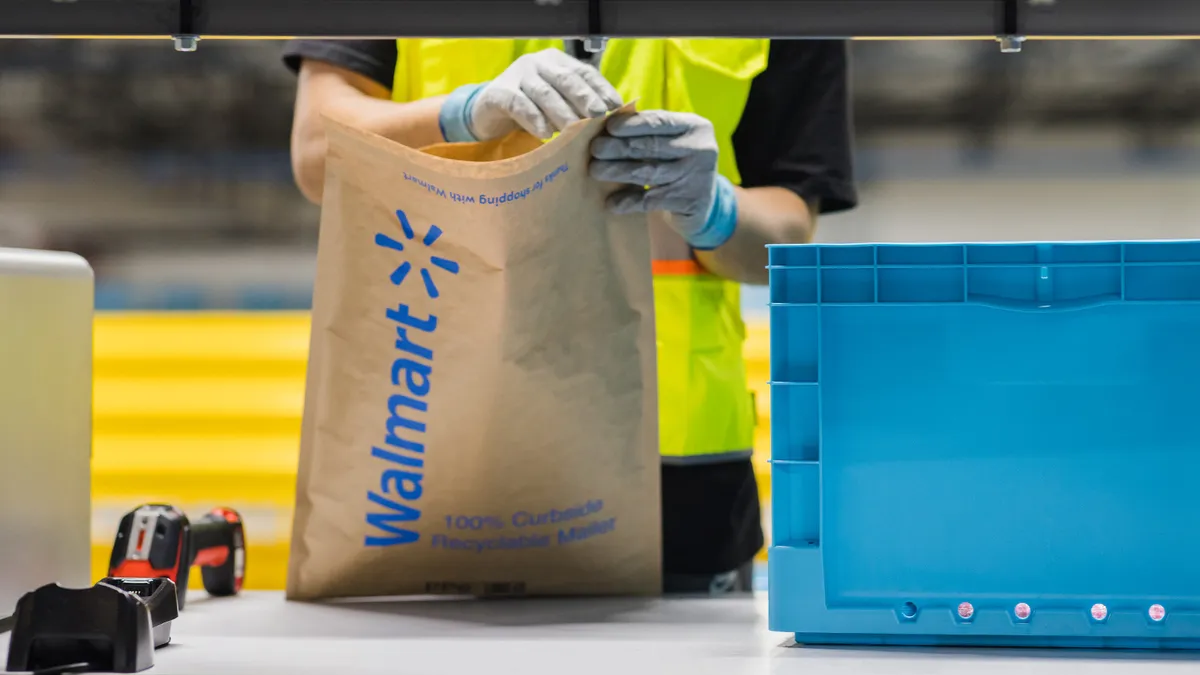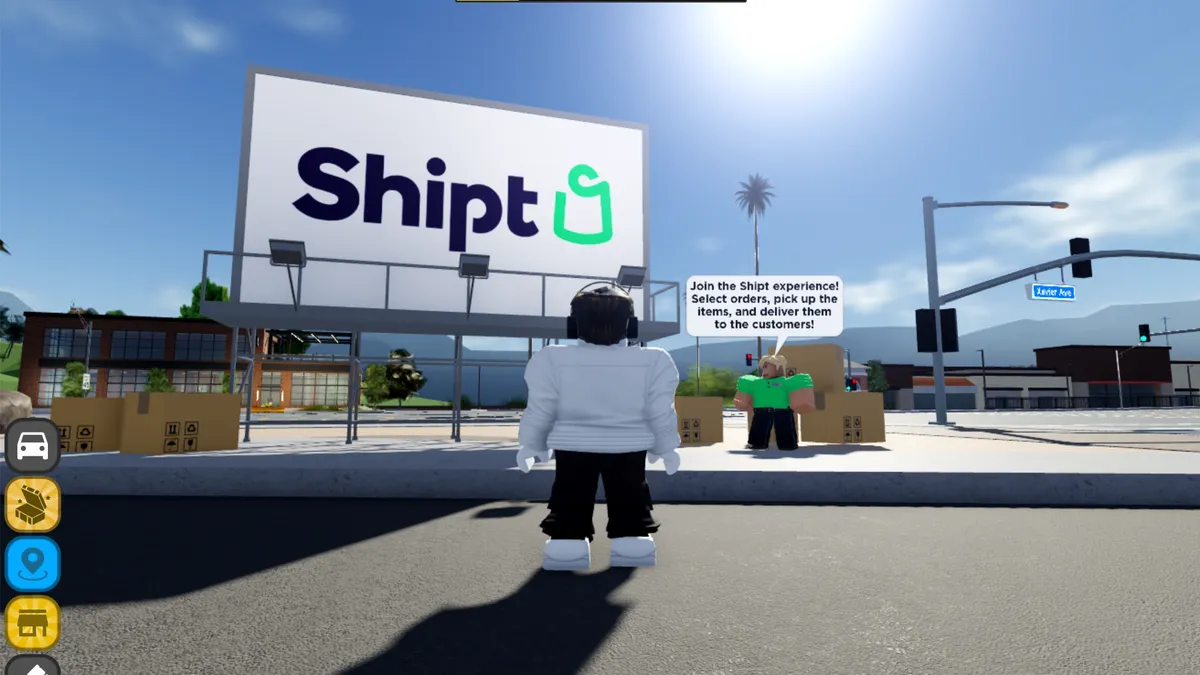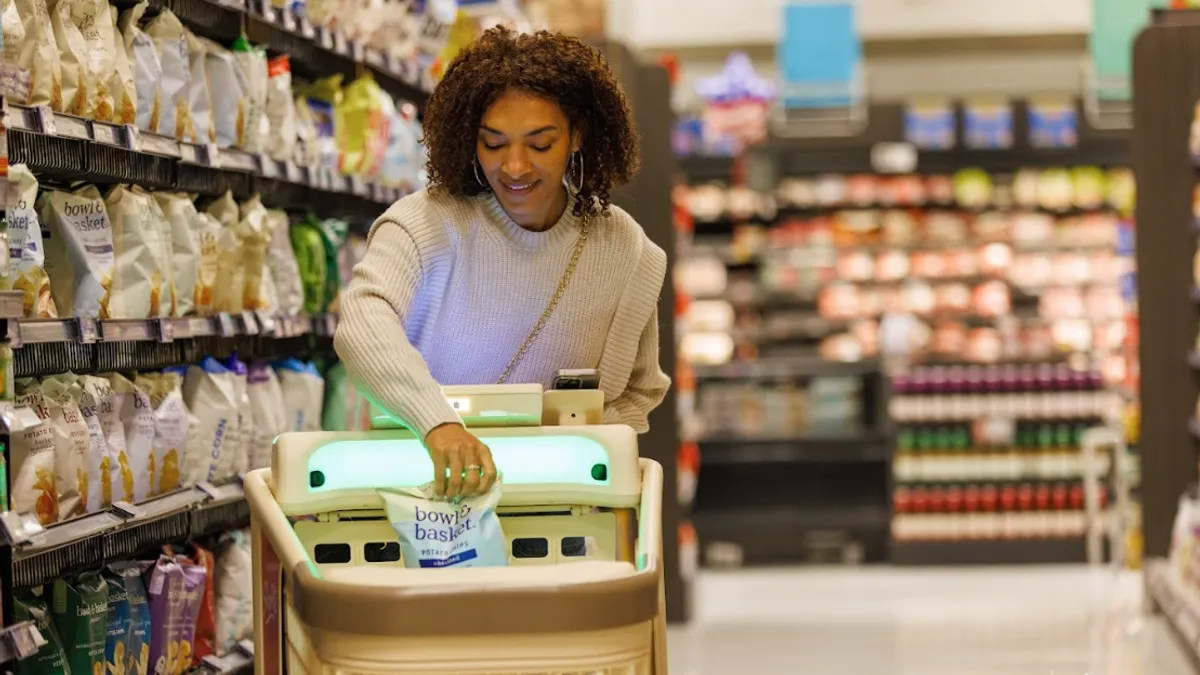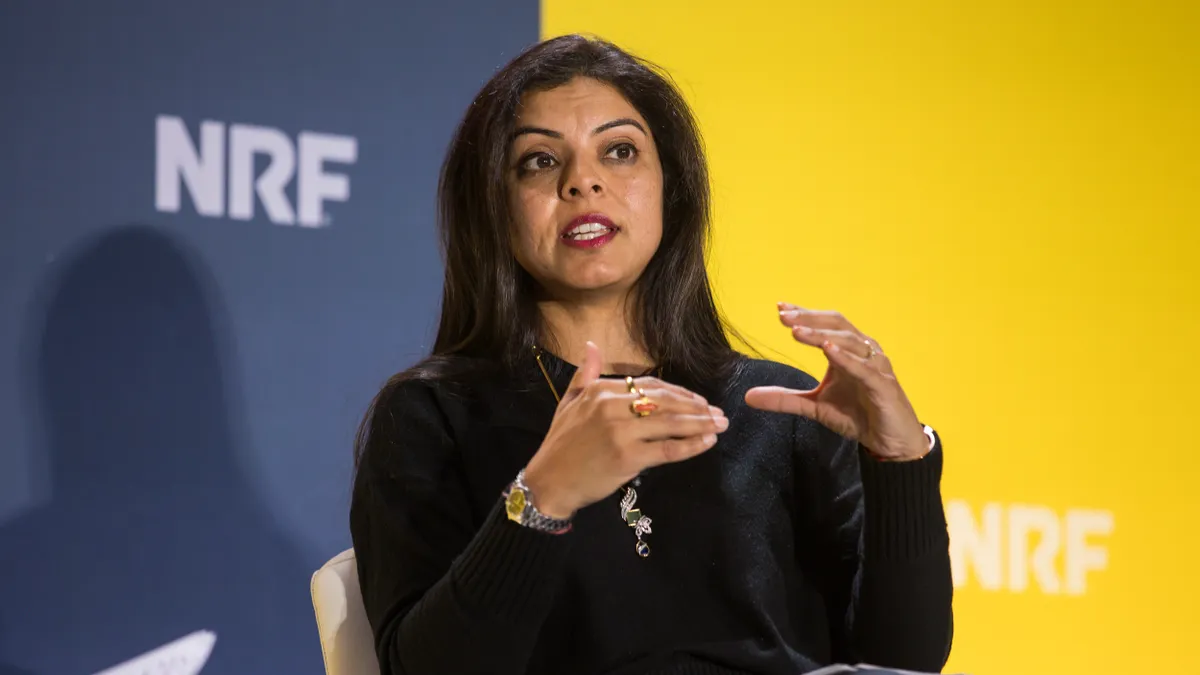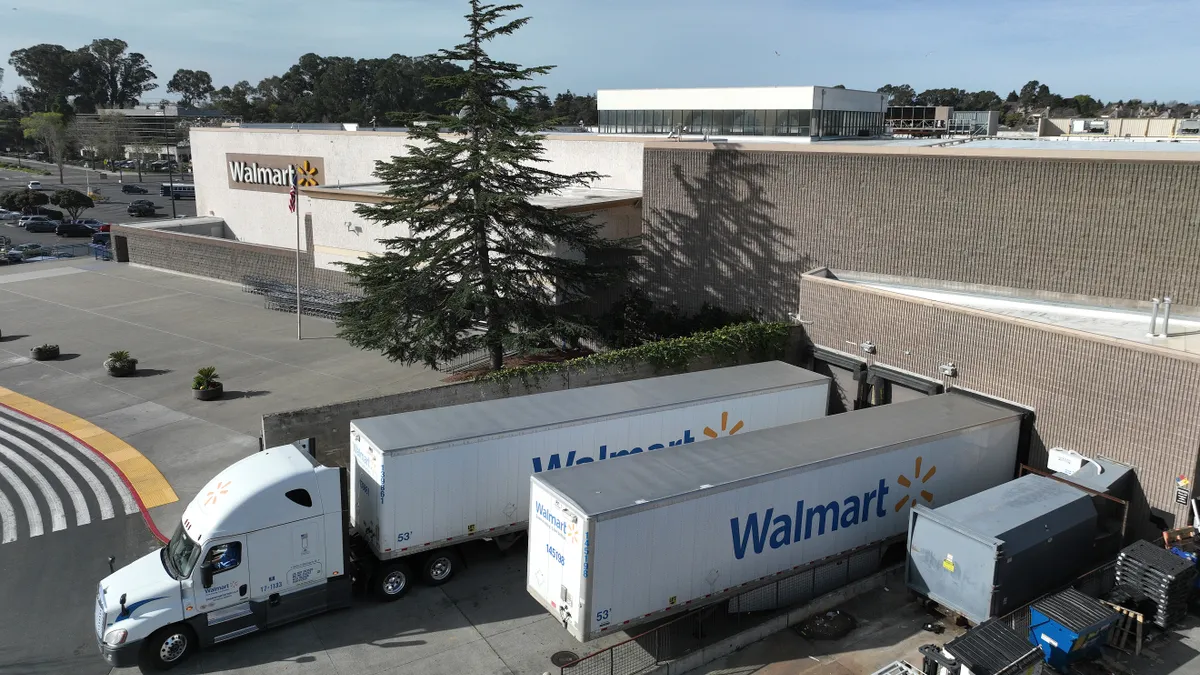The National Restaurant Association calls retail-host restaurants one of the fastest-growing segments for restaurant food, expanding at an annual rate of close to 6%. Defined as restaurants located within health and personal care stores, general merchandise stores, variety stores, food stores and grocery stores, gasoline service stations and other miscellaneous retailers, retail-host restaurants topped $40.5 billion in sales in 2015, up from $29.5 billion in 2009.
While the in-store food and beverage opportunity is undeniably appetizing, opening a successful and complementary retail-host restaurant is a complex proposition that entails a lot of decision making about who a retailer’s customers are, experts say. Executives also must determine what the restaurant’s purpose will be, and how it fits emotionally within a retailer's brand as well as physically within its real estate.
The retail-host restaurant concept doesn't work for all merchants. In early April, Kohl's scrapped pilot “Kohl’s Café” locations introduced less than seven months earlier in two southeastern Wisconsin stores, citing a negligible impact on traffic and sales.
But when the pieces fall into place, in-store dining (especially retail-host restaurants in urban environments) offers consumers something unique and compelling that digital commerce simply can't deliver.
“The most important thing today in retail has become offering an experience,” Jim Bieri, principal of Detroit-based commercial real estate brokerage Stokas Bieri, told Retail Dive. “People do not have to come to [a] store because they can buy from their living room—actually, they can buy from their car, they can buy from the train. There’s no question that if you [do a restaurant right], customers will spend more time and will spend more money.”
What's on the menu
There may be great synergies between restaurants and retailers, but combining the two businesses requires careful consideration. While many people assume that a café is best positioned at the front of a store, for example, placing it in the middle (as Nordstrom has in some locations) could be more advantageous, depending on what research shows about how a restaurant will add to the customer experience, says Adam Williamowsky, director of restaurants at Streetsense, a consultancy that helps businesses, including retailers, establish a variety of different food and beverage operations.
“For us, it’s really creating a deep dive into a retailer,” Williamowsky told Retail Dive. “We immerse ourselves to understand their current line of business. As a retailer, before you can even say 'We should be doing a coffee store or a sandwich shop,' or where it will go, we have to know the why and how of what’s working and what their consumer wants. Just because a competitor is doing it isn’t enough... You need a roadmap of what the options are, of what potentially wouldn’t work based on our research in the business, then how to craft it, including the pros and cons of the infrastructure they need.”
While some retailers aim to add to the customer experience, others like Wal-Mart and Costco are simply making trips to their stores (sometimes with kids in tow) more convenient, says Bieri. "Costco has one of the most inelegant but effective" food concessions in retail, he said.
There's also much to be done in working through what a food or beverage concession will ultimately do for your retail brand, taking into account the fact that it's an expansion into a new business.
“There are a lot more moving parts in food than there are in soft goods retail,” Williamowsky said. “Both have their challenges, and both are hard. For food, it’s a different set of skills on the operational side—you have perishability, stuff goes bad, and there are health issues that if you’re selling clothes, you don’t have to worry about. People who understand those challenges or are willing to take them on have the best chance of success.”
Branding and other basics
Retailers from “always low prices” Wal-Mart to upscale Armani have partnered with restaurants, yielding significantly different results. Wal-Mart, for example, leases store space to restaurants (as well as nail salons and other businesses) that will appeal to its customers, says Wal-Mart spokesperson Molly Blakeman.
“It’s a lessee/lessor relationship—we do not operate the businesses,” Blakeman told Retail Dive, explaining that consideration of who goes into its stores depends on "a number of things—what fits with our customers, and what also fits within the specifications of our other retail locations.”
If a Wal-Mart store already has a McDonald’s in it, the next Wal-Mart store down the road probably won’t, Blakeman says. And not all Wal-Mart restaurant partners are national chains. Some are regional or local. “It’s going to be a destination for our customers no matter what,” she said.
Target, which operated low-key popcorn machines and rolling hot dog concessions in some stores, recently turned many of them into Starbucks cafés, a move Bieri says bolsters the chain's “cheap chic” vibe. “Target’s always tried to sort of be a little more upscale, with more style,” he said, adding that Starbucks has the right “price and comfort level and elegance that Target wants.”
Not all retail/restaurant partnerships are stores-within-stores. Some are simply nearby. Not all are run by others, either: Some are run by the retailers themselves. Ikea operates its own cafeteria-style restaurants, with those famous Swedish meatballs, in 41 of its U.S. stores, and it now plans to create three areas of food concessions: More industrial, cafeteria-style restaurants with family-friendly seating, another with high-top tables planned for customers without kids, and coffeeshops, according to Bieri.
"That shows you that one of the most successful purveyors of food in retail has decided that they’re going to double down," he said.
The permutations go further. While much has been made of Urban Outfitters’ late 2015 purchase of the Vetri Family, a Philadelphia-based chain of Italian restaurants that includes the popular Pizzeria Vetri, the retailer told Retail Dive in email that it has no plans to create restaurants within stores. Urban Outfitters is instead still exploring opportunities for some adjacencies, a spokesperson said.
The Kohl’s experiment—and what it means
Kohl's decision to halt its café pilot underlines the challenges of integrating restaurants into established retail environments. Kohl's opened the upscale Caribou Coffee concessions last fall, offering espresso drinks and other fare in its Menomonee Falls and Delafield locations, both near its Milwaukee-area headquarters.
The Kohl's Cafés were inspired by suggestions from shoppers. "Kohl’s is committed to innovating and testing new ideas to put our customers first and deliver an easy, convenient shopping experience," Jen Johnson, Kohl's vice president of corporate communications, told the Milwaukee Business Journal in early April after the company pulled the plug. "Although Kohl’s received positive customer feedback, the pilots did not provide the business benefits needed to warrant further testing."
None of the experts interviewed for this article had firsthand knowledge of the Kohl’s initiative, and Kohl’s did not respond to requests for comment. But Williamowsky said the experiment likely did not run quite long enough to generate the data Kohl’s needed to know whether the cafés would ultimately help boost its results.
It's uncertain how Kohl's decision to halt the café trial might impact other retailers mulling similar efforts. But it does illustrate the level of commitment required to make a retail-host restaurant a success, as well as the potential perils facing stores stepping out of their comfort zones.
"You’ve got to be prepared for what you’re getting into, plan accordingly, and be patient," Williamowsky said. "Not knowing what Kohl’s when through, it does take time to test it operationally in the right store, and with the right resources. Then you test it regionally, with an ability to perfect what you want to do over time. Once you create it for the first time, it’s going to be a lot different the second and third time. There’s going to [be] some trial and error."









